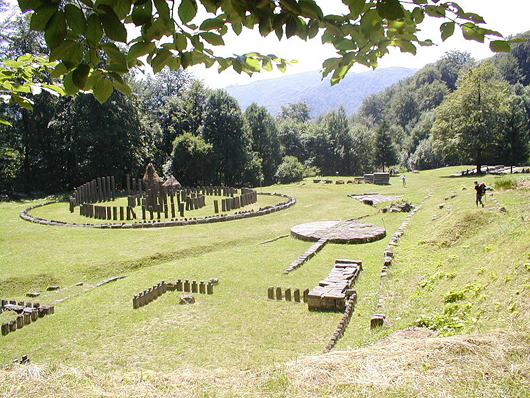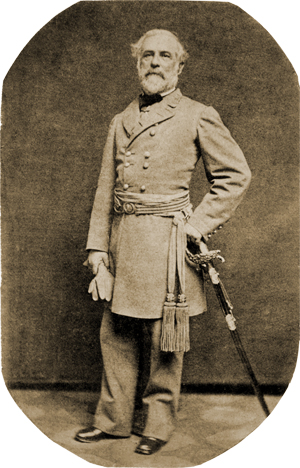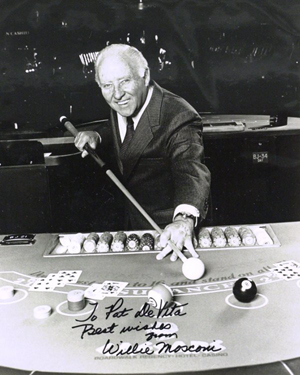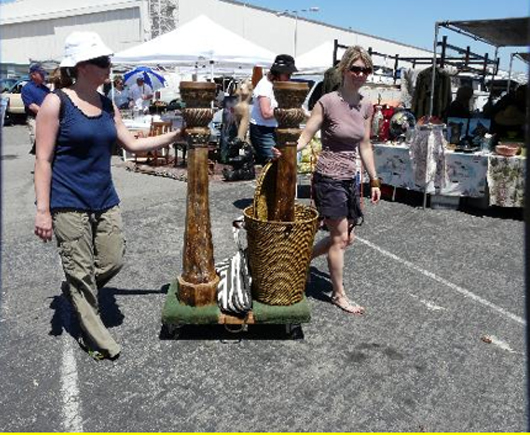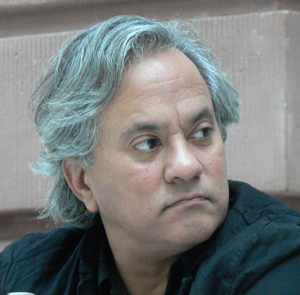
The city’s latest monumental exhibit, by Anish Kapoor, is at once enveloping and vertigo-inducing, and as often with the outspoken British artist, political. Kapoor dedicated it to jailed Chinese artist and government critic Ai Weiwei.
Leviathan, which opened Wednesday and runs through June 23, really is just one 75,000-cubic-meter balloon filling up much of the Art Nouveau, glass-roofed Grand Palais. Its “skin” is PVC vinyl, barely thicker than the skin of a toy balloon. Its four orbs are sustained by fans pumping whooshes of air that become the exhibit’s soundtrack.
It’s a show you experience from inside and out. A stiff, narrow revolving door releases visitors into what curator Jean de Loisy calls “this strange monster.”
The initial sense of darkness and the deep red tones do make you feel you’re in the belly of some beast. It mesmerizes gradually, as the sunlight coming in through the Palais’ windowed roof shifts its shadows. The seams in the balloon form lines that lead to a black hole in the center of one orb.
“It offers the possibility of going inside ourselves,” de Loisy told The Associated Press at the opening. “You are at the origin of the world.”
That black hole creates such a pull, and the lines are so dizzying, that one visitor swayed and stumbled as she tried to find the exit. She sought to steady herself on a wall, but instead found herself reaching inside a deeply concave balloon.
From outside, the balloon resembles a mutant blimp, bulging in four directions. Visitors walk under and around the bulges, touching the smooth skin of the burgundy vinyl.
The exhibit is the latest in a series staged by the Grand Palais called Monumenta, in which artists create massive artworks taking into account the scale and structure of the domed venue. Past Monumenta exhibitors included U.S. artist Richard Serra and German artist Anselm Kiefer.
“It’s both monumental and intimate,” said visitor Sabyne Soulard, who teaches art in Toulouse. Waving her hand to watch the shadows it created, she said, “It feels like it’s breathing.”
Kapoor, one of Britain’s best-known artists, is known for embracing enormity. He is designing a 375-foot twisting steel tower to overlook the Olympic Stadium in east London, intended to draw tourists to the London Olympic Park after the 2012 Games. His 110-ton stainless steel Cloud Gate sculpture on Chicago’s lakefront has become one of the city’s most photographed landmarks.
Indian-born Kapoor dedicated the exhibit to Ai Weiwei, who was detained trying to board a flight to Hong Kong last month amid a Chinese crackdown on dissidents.
“His arrest, disappearance and alleged torture are unacceptable. When governments silence artists it bears witness to their barbarity,” Kapoor said in a statement.
___
Online:
Copyright 2011 Associated Press. All rights reserved. This material may not be published, broadcast, rewritten, or redistributed.
AP-WF-05-11-11 1424GMT




